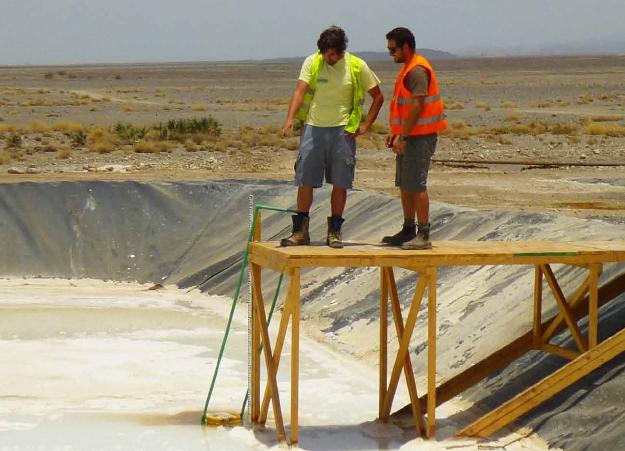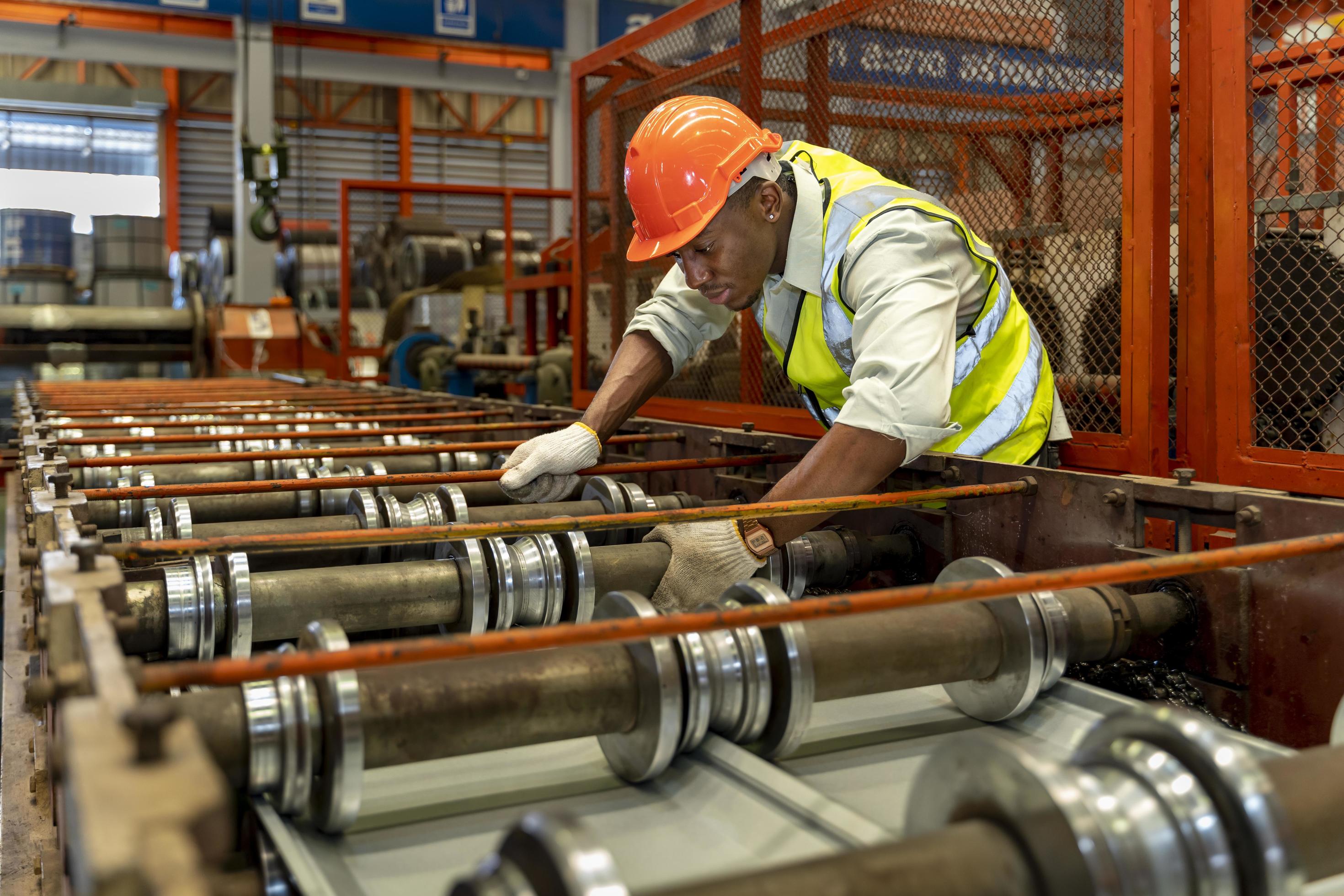
Richard Kelertas, senior vice president, corporate development, explains why the Dallol Project in Ethiopia is perfectly placed to satisfy the growing demand for potash.
The race is on to satisfy accelerating world demand for potash, and in this Olympic year Allana Potash is in gold medal position as its Dallol Project in the Danakhil region of Ethiopia has the finishing line in sight.
Potash is a generic name for a variety of potassium salts, the most common being potassium chloride (KCl), also known as muriate of potash (MOP) and sulphate of potash (K2SO4) or SOP. Around 95 percent of global production is used in fertiliser to improve water retention, yield, nutrient value and disease resistance of food crops such as fruit and vegetables, rice, wheat, sugar, corn, soybeans, palm oil and cotton.
The world’s largest producer of potash, by some distance, is Canada, with the largest consumers being China, the United States, Brazil and India. So why is a Canadian exploration company putting all its resources into developing a potash operation in Ethiopia?
There are many answers to that question, and they all combine to put Allana Potash in a very strong position to supply the growing fertiliser markets in China and India—with Ethiopia’s location on the horn of Africa being virtually next door, compared to Canada or Russia.
First of all, there is an abundance of potash in Ethiopia, where it was first mined in the fourteenth century. “We secured some very interesting drill results from a company called Parsons and Co, an exploration company that was operating in Ethiopia in the 1960s,” said Richard Kelertas, senior vice president, corporate development. “They had done well over a hundred drill holes in the depression where we are operating and the results looked extremely promising.”
Until relatively recently, he explained, the principal method of mining for potash was deep shaft, which was not particularly suitable in this region of Ethiopia which is subject to very hot temperatures, so the property had been abandoned. The Dallol Project, however, is perfect for solution mining, a method which pumps brine into drill holes to dissolve the potash, then pumps the resulting solution to the surface where it is transferred to evaporation ponds to dry before final processing to remove the salt. With the potash deposits being relatively shallow and a hot climate that allows for natural solar evaporation, Allana benefits from minimal capital expenditure and low operational costs into the bargain.
Another bonus is that at a time when some governments have been revoking promises they made to mining operators, the Ethiopian government has been extremely helpful. “When we first looked at it three or four years ago, the infrastructure left a lot to be desired,” said Kelertas. “But we had assurances from the Ethiopian government that they were going to upgrade the road system, and they came through on that. All things considered, low cost, low cap-ex, low op-ex, and the fact that the resource was quite substantial and shallow led us to go ahead with exploration work a couple of years ago. Most of our drilling has been in the western areas on the salt plain,” he continued, “and there’s enough there for a million tons a year for thirty or forty years.”
The advantages of the climate are quite significant. “This is one of the hottest places in the world,” said Kelertas, “but that helps us keep our op-ex costs very low. We do not have to build expensive evaporators as you do in cooler parts of the world. We’re using solar evaporation ponds, where the energy from the sun evaporates the potash brine. There are some implications to operating in a hot climate but the advantages far outweigh the disadvantages.”
The project’s desert location has other advantages, too, from an environmental point of view. There’s no flora and fauna and there isonly a small indigenous population, which is actively engaged in the development.
Concerns about sustainability in potash mining are just the same as they are in any mining operation, said Kelertas, especially when open pit or deep shaft mines are involved, but here’s where solution mining scores again. “With a solution mine, the environmental footprint is almost nil. It’s only the plant facility, the pumping, whatever energy you’re going to use, the drill sites, the well sites and the piping. Other than that there’s no excavation work, and no emissions to speak of.
Allana employs a lot of Ethiopians in its exploration and development operations so a small village has sprung up close to the site, where temporary housing, a school, and a medical clinic have been built. “Once we start construction that village is going to get a lot bigger, so we’ll be working closely with the local authorities, with the village elders and community leaders to make sure that all the local customs are followed,” said Kelertas. “We’ve done a good job on that from the beginning and we have a great relationship with all levels of government, so there haven’t been any issues.”
The only environmental issue that could require further work is in terms of water usage, he added, and work is being done on that now. Water can be a contentious issue in highly populated areas – like for instance in Saskatchewan, Canada, but the Danakhil region has plenty of water and no other end users competing for it. “There’s no agriculture anywhere near us, and no human settlements apart from our village,” said Kelertas. “We’re doing a lot of hydrological work to find out exactly where the water is and how much we’re going to need, but we don’t see any issues.”
Allana, with advisor BNP Paribas, has already put together over $600 million in soft commitments for debt financing from a group of development financing institutions and export credit agencies. The full bankable feasibility study being undertaken by German exploration consulting company ERCOSPLAN will be finished by the end of this year, and once that has been analysed the funding will be firmed up. Kelertas also expects to have a couple of offtake agreements signed up by then, too, and Allana’s two anchor partners, Liberty Minerals & Mining and The International Finance Corp (IFC - a subsidiary of the World Bank) will also confirm their pro rata share of debt and equity financing, so construction of the mine could start in the first half of 2013.
The total project cost with all contingencies (15-20% contingencies are included) is about $800 million. There is no need for gigantic evaporators, but huge solar evaporation ponds have to be built. “We’ve already put up six pilot ponds and we’re doing the evaporation rate testing right now,” said Kelertas. “Really all you need is a processor, and conveyors to take the raw crystals from the evaporating ponds over to the separators.” The largest portion of the $800 million is for production ($664.4 million) which itself is dominated by the brine processing plant at $188 million.
Also included in the cost projection is $90 million for a new port facility in Djibouti. Ethiopia is a land-locked country, but its neighbour Djibouti already has a port facility and plans are in place for a new port to be constructed at Tadjoura. “The Arab Fund for Economic and Social Development and the Saudi Fund for Development have financed the Djibouti Port Authority to build the new port facility in Djibouti,” said Kelertas. “This is on the north side, the other side of the bay from the current site – so we don’t have to stand that $90 million any more but we still include it just in case in our cap-ex total.”
Transportation to the ports will initially be by truck – a 600 km journey. “We’ll be shipping two to four large tandem trailer units an hour (two trailer units and a cab, with 40 metric tons in each trailer),” said Kelertas. The product will be stored at the port to be loaded either on container or bulk loading ships.
Allana is not counting on using rail in its cost calculations, although that option is a distinct possibility before too long. The Ethiopian government has signed rail construction contracts with the Indian and Chinese governments (a billion dollars each) to build a rail line from Mek’ele to the capital Addis Ababa and from Weldiya to the new port. “That’s under construction right now,” said Kelertas, “and there is a proposal for a line directly from our project all the way down to the new Djibouti port – that would be again about 600 kilometers, and it would cut our transportation costs in half versus truck. But again, we’re not figuring that into our numbers yet.”
The rail line from Mek’ele to Addis Ababa is expected to be finished by 2014/15 and the line down to the port by 2016/17. If there were three or four potash projects operating in the region, the pressure on the roads would be unsustainable, so rail will be essential in the long run, but Allana expects to be the only project in operation as early as 2014.
“Two years ago there were 110 potash projects throughout the world being considered for development,” said Kelertas. “Maybe five over the next five to ten years will be built and operating. Our view is we’re the closet to the international markets that want our products, we are probably closest to production of potash, we are the most cashed up, we’re going to have lowest cap-ex and op-ex, and we’re operating in a mining friendly jurisdiction which is also geopolitically an anchor nation in the horn of Africa. We’re in almost the best of all possible worlds and any negatives we have are far outweighed by the positives.” Sounds like a winner to me.
Written by Martin Ashcroft; research by Marcus Lewis
DOWNLOAD
 AllanaPotash-NA-July12-Bro-s.pdf
AllanaPotash-NA-July12-Bro-s.pdf












